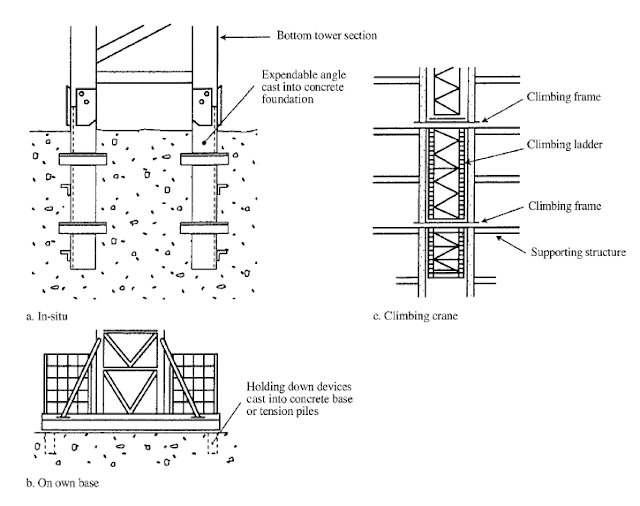Form of Contract
Contents Note Standard Forms of Contract for use in Hong Kong香港的标准合同 Old Private Forms of Building Contract New Private Forms of Building Contract Government Forms of Contract MTR Corporation Ltd.'s Own Standard Forms Note 18 Mar 2020: Revised. 20 Dec 2014: Moved from wiki. Standard Forms of Contract for use in Hong Kong 香港的标准合同 Old Private Forms of Building Contract Drawn up by the Hong Kong Institute of Architects, the Royal Institution of Chartered Surveyors (Hong Kong Branch) and the Society of Builders, Hong Kong: Agreement & Schedule of Conditions of Building Contract for use in the Hong Kong Special Administrative Region, Fir...


